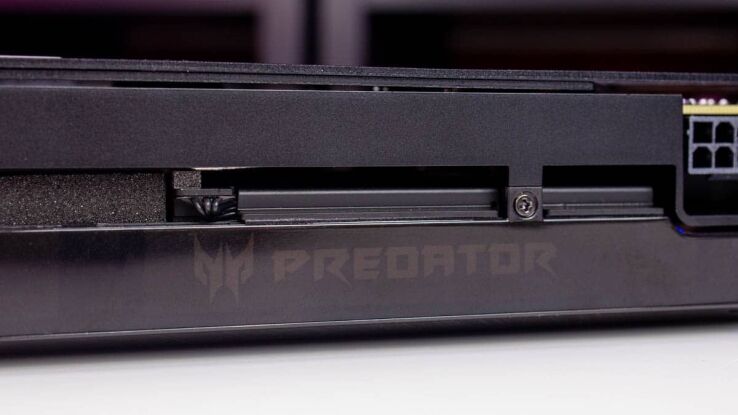Should I use Vsync?
One of the core settings in any game, we see if it's worth keeping on

WePC is reader-supported. When you buy through links on our site, we may earn an affiliate commission. Prices subject to change. Learn more
Vsync (vertical sync) is a function that allows you to synchronize your frames-per-second in games to your monitor’s refresh rate. But should you use Vsync?
When Vsync is enabled the game will display frames that can be fully rendered before the subsequent refresh cycle. This will stop screen tears, which can be observed when the game’s framerate isn’t in sync with the rate at which your display refreshes.
Vsync is an individual preference that is contingent upon the type of game that you’re participating in. The pros and cons of Vsync are to take into consideration:
Eliminate screen tearing, Vsync can help to reduce screen tears, which can be distracting or have an adverse effect on the gaming experience.
Continuous Frame Rate Vsync helps to maintain a consistent frame rate, resulting in a more fluid game. When you enable Vsync, it can result in input lag. This is the time lag between when an action occurs in a game and when it is displayed on the screen, which can result in lagging frames.
The reduction of FPS using Vsync could lead to smaller FPS (Frames Per Second) for games in particular if your graphic card isn’t strong enough to sustain an uninterrupted sixty FPS rate.
It will limit your framerate to your monitor’s refresh rate. So it might not be as smooth of an experience overall as well.
If you’re concerned about screen tears and would like smoother viewing, Vsync could be a good choice. However, keep in mind that Vsync may cause frame delays until the next refresh cycle. This can adversely affect the performance of your game, particularly when you play games that require rapid responses.
If you’re an avid player who values the smallest amount of input delay over high quality, removing Vsync could be beneficial. It will not only lead to higher frame rates and better performance, but it can also increase the chance of screen tears.
In the end, whether you choose to make use of Vsync or not will depend on your individual preferences and the particular trade-offs you’re willing to make in terms of visual clarity and game performance.